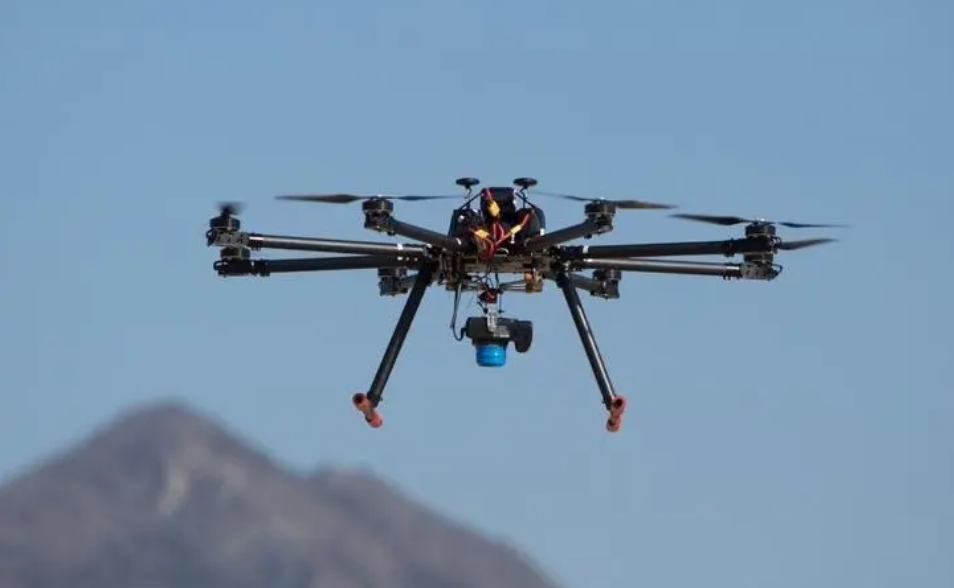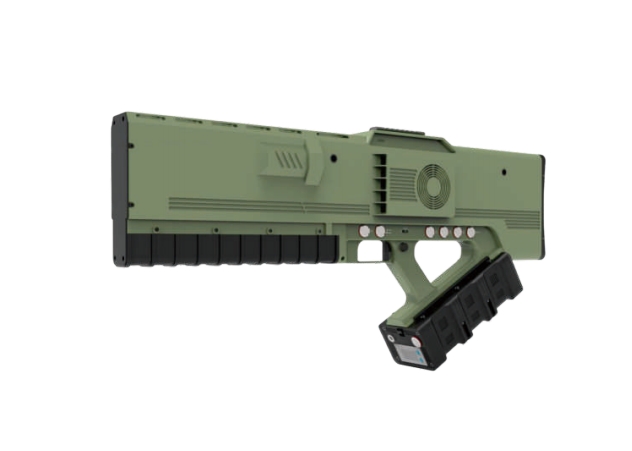(1) The updating speed of countermeasures equipment cannot keep up with the upgrading of UAV technology.
Since the appearance of UAVs, they have been widely used in the military, so the countermeasures against them have always been a problem that the military of all countries must consider. Society's attention to it is not high, and the performance of the previous generation of UAVs is far less than this generation, so the general air defense system can cope.
Uavs gradually develop to consumer UAVs with the characteristics of "low slow and small", some products have been separated from the concept of "low slow and small", and have been greatly improved in terms of volume, speed, height, load, etc., but the development of countermeasures technology can not adapt to the speed of UAV updates and upgrades. Because it did not receive enough attention, the counterattack capability was weak, and not only did it not develop new countermeasures, but it also did not establish a professional gunship force.

At present, the most commonly used means of countermeasures is simply to use conventional counter-equipment in the civilian field, relying on the interference of high-power equipment, as well as the attack of military weapons, it is difficult to achieve good results. In the detection and identification, some high-end UAVs have stealth shape, stealth materials and electronic countermeasures equipment, and conventional detection and anti-reconnaissance equipment can not be found. In terms of interception and strike, it has multi-functional, fast maneuvering and interception, which is difficult to accurately strike, and may also pose a certain threat to itself.
As far as the professional strength of the relevant departments is concerned, in addition to the fixed deployment of countermeasures equipment in airports, key units and important facilities, other units and places are hardly equipped, and many places still use older high-power detection and countermeasures weapons. In addition, even the units with counter-detection equipment do not have specially trained personnel, so they often have great difficulties in dealing with drone crime and low-altitude safety.

(2) Awareness of drone safety hazards needs to be strengthened.
The surge in drone use is something that has happened in recent years, but most of the public only sees its functionality and high technology. For example, public security anti-terrorism operations, police patrols, power inspection, etc., do not realize that drones will cause harm to their lives, property security and personal privacy.
After learning about drone attacks, drone interference, falling injuries and other problems, the relevant government departments have gradually realized the dual attributes of drones, but they have not taken effective control measures. Before the Beijing Olympics, the relevant departments did not include the safety of drones into the scope of work, and carried out low-altitude safety and daily safety checks in major events, lacking corresponding management experience.
In terms of regulations, many provinces and cities have formulated corresponding control regulations, but most of them are for the setting of no-fly zones, the specifications of drones, flight rules and other issues, the content is relatively general, the lack of an effective management structure, and the practical effect is not significant. In general, the safety awareness of the whole society is still relatively weak, and the relevant departments have not regarded it as an important work, but with the development of drones, the potential dangers generated by it are quietly increasing.

What is more worrying is that as the performance of drones is getting better and better, the purchase and use threshold is getting lower and lower, and more and more users are being used, the safety risks of low-altitude flying will also become greater and greater. The use of unmanned aircraft for terrorist attacks, illegal transportation, candid photography, interference with navigation and other illegal acts will increase, and the backward prevention measures will lead to a passive position in dealing with low-altitude security emergencies in the future.
(3) Blind countermeasures are easy to cause secondary damage.
At present, most of the countermeasures against drones are for the purpose of attack, and do not take into account the secondary damage caused. For example, in order to ensure the working distance, high-power signal interference countermeasures usually employ high signal transmission power.

However, in this case, not only the target UAV will be affected, but also the civilian radio station in the area will be seriously affected. Even the signals of civilian aircraft can fluctuate, posing a threat to the safety of passengers, and exceeding the prescribed amount of radiation can also cause irreversible harm to the body.
Both weapons are aimed at directly destroying the drone, causing it to lose control, crash or crash-land, which is a great danger in the city. The city is densely populated and the vehicles are dense. Once out of control, it is easy to cause loss of control, resulting in casualties, damage to vehicles, buildings and other property, and even fire, explosion and other accidents.
And the use of kinetic energy weapons for drone countermeasures will inevitably appear sound and light, which is easy to cause panic in densely populated places and is not conducive to regional stability.

